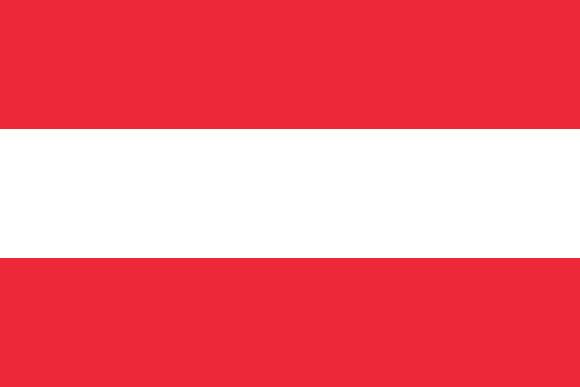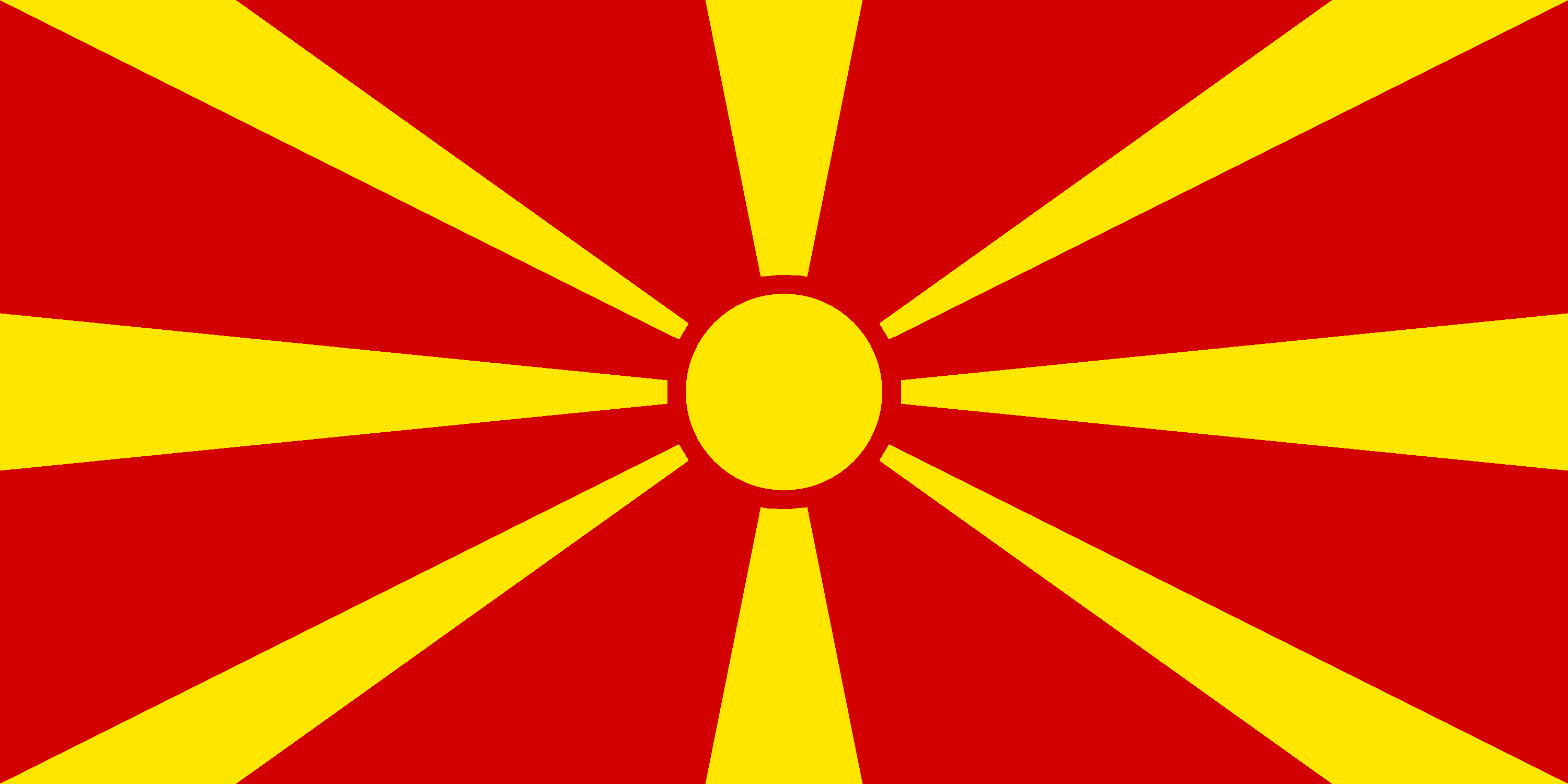Electricity grids must devise a new approach to stability, paying special attention to data and energy storage solutions.
Electricity grids have been disrupted by the advent of renewable energies, incipient self-consumption, and the decline of conventional power stations, therefore they must take a new approach.
“Until now, electricity grids have been asked to provide enough capacity to cover peak consumption. Now we are also asking them to absorb peak generation of electricity from renewable energy sources,” says Olivier Grenesche, VINCI Energies Director in charge of Omexom solutions and services, summing up the challenges now facing power grids. Grid resilience – i.e. the ability to absorb variations and avoid outages – is at risk due to changing electricity generation and consumption modes.
The expanded use of renewable energy sources, which generate electricity irregularly, depending on the weather, is a first challenge for power grids. Widely scattered production plants “form new production nodes that are connected via substations to grids that were not initially designed to handle them,” says Olivier Grenesche. Grids originally transmitted electricity supplied by synchronised machines in thermal, nuclear, and hydroelectric power plants and distributed it to consumers. But an increasing number of plants generating electricity from renewable sources are connected to transmission and distribution grids that must now operate in both directions – distributing energy but also receiving it at many points. Grids must now find a way to compensate for irregular production from renewable sources.
Self-consumption, encouraged by a new legislative framework, will also be a “potentially destabilising element,” says Olivier Grenesche, because “micro-grids are pockets in the networks with which they will have to interact,” either to temporarily shed surplus production or to receive energy when local generation is insufficient.
“A new equilibrium to prepare the future”
The public is well aware of the need for grid resilience. For example, in winter excessive demand may potentially lead to outages. So far, the grid is “holding up”. Existing infrastructure has been strengthened to ensure that it remains operational. For example, Omexom took part in building the new underground 225,000 Volt link between Lorient and Saint Brieux, the “Safety Net”, to improve security of electricity supply in Brittany.
“To boost resilience going forward, an increasing volume of data and real-time data processing will be needed.”
Although the grid remains balanced despite the advent of renewable energies, it is vulnerable in the long term, says Olivier Grenesche, who believes that “to prepare the future we are going to have to devise a new resilience, a new balance.” Isolated grids such as the one in Corsica are already experiencing severe disruption caused, among other things, by renewable energies. “VINCI Energies is already looking at ways to solve this,” he says, emphasising that the group is well placed to make progress, since it offers the full range of generation, transformation, and distribution solutions via its Omexom brand and network and data solutions via its Axians brand.
“To boost resilience going forward, an increasing volume of data and real-time data processing will be needed,” says Olivier Grenesche. Big data supports fine-tuned balancing of generation and consumption, supply and demand. Another possibility would be to set up local areas within which the load would be balanced. Such local stability areas would limit transmission of electricity between regions. Lastly, the development of storage capacity is also a way to stabilise the grid. Olivier Grenesche mentions batteries as well as existing or future storage solutions, including hydroelectric dams, which are already used to store electricity. There is no cause for alarm, he says. “Grid resilience is not about to collapse. It is already being reinvented.”





































